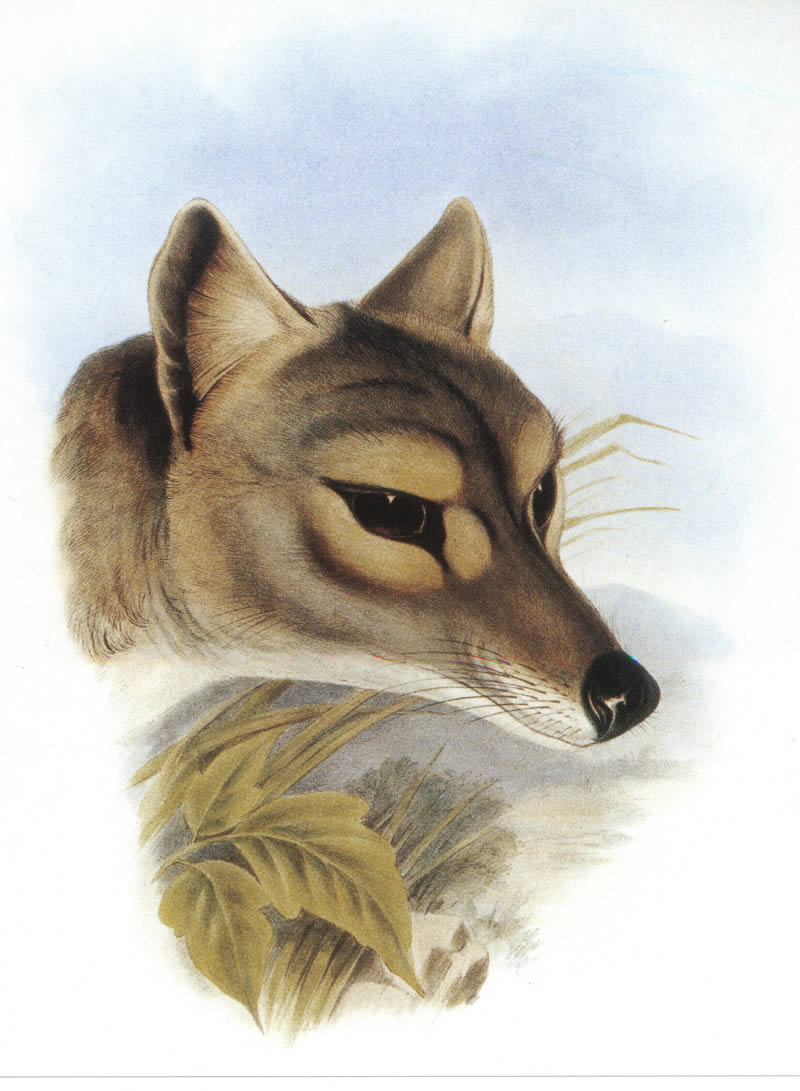Brainstorming
The things we want to do are being captured as a project on GitHub. This is where we come up with ideas, comment on then, then try to figure out which ones can be done. So far there are three things we've made a serious start on.Unpaywall
Unpaywall is a project by Impactstory. It is sort of a Sci-Hub without the legal issues (for the record, I think Alexandra Elbakyan's work on Sci-Hub is nothing short of heroic). Unpaywall scans open access archives for legal, freely available versions of articles and makes them easy to find. If you have Firefox or Chrome you can get a plugin that lights up if the paywall article you're looking at has a free version somewhere else.Nicole has long wanted the BHL to provide data to Unpaywall, because BHL has open access versions of many papers relevant to taxonomy and biodiversity more broadly defined. After a bit of digging we figured out that Unpaywall didn't have access to BHL's data, so we've set about fixing that. We've got the data harvested, but we're still waiting for Unpaywall to process that data. So, for now, we're still waiting for the little green light to appear on pages such as this one: https://doi.org/10.1080/00222932208632640.
Adding taxonomic literature to Atlas of Living Australia
Part of "linking all the things" is making the taxonomic literature a first class citizen of biodiversity databases. It is frankly embarrassing to see how much better the scientific literature is handled by projects such as Wikipedia than scientific databases such as GBIF and the ALA. We've decided to try and do something about this by showing how easily the literature could be embedded into the existing ALA web site. Nicole crafted a mockup of the ALA names tab, and I wrote some code to make it "live". For example, if you click on this link you will see a list of publications for Pauropsalta herveyensis Owen & Moulds, 2016. Note that we have DOIs and links to BHL where ever possible (and we use Unpaywall's API to flag whether an article with a DOI is freely available). We want this literature (the primary evidence for what we know about a species) to be visible and accessible. The demo is powered by my Ozymandias project, but we hope to work out a mechanism for delivering the mapping between taxa and literature to ALA (and, indeed, anyone else) as a dataset.Because Ozymandias only has data for animals, we've had to exclude plants from this demo. I'm frantically trying to figure out how to work with data in Australia's plant name databases to resolve this. I'm discovering that never mind having more than one name for the same species, taxonomists also delight in having many different ways of representing taxonomic information in their databases. So, plants will be a challenge.



